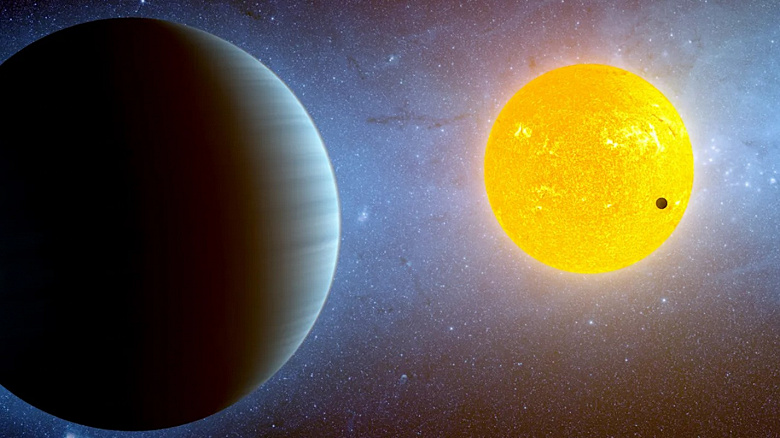The catastrophic environment and unusual surface of this very Earth-like ecoplanet make it terribly attractive for exploration
As part of their study of the already familiar planetary system HD 63433 with two known exoplanets, astronomers noticed a new small object passing against the background of a star the size of the Sun. It turned out to be a new exoplanet HD 63433 d: very hot and the size of Earth. The discovery was made using NASA's TESS spacecraft.
HD 63433 d has a number of characteristics that make it interesting for research. Firstly, the planet is young, its age is estimated at less than 500 million years. This — one of the youngest exoplanets discovered to date. Young planets provide an opportunity to study the processes of formation and evolution of planetary systems and better understand how planets are born and develop. Secondly, HD 63433 d is at a close distance from its star, orbiting it in just 4.2 days. This is a very fast turnaround, however, this is not the only feature.
HD 63433 d is much closer to its star than we are to the Sun. This planet is 8 times closer to its star than Mercury is to the Sun, which contributes to extremely high surface temperatures. Temperatures on the day side of the planet can reach well over 1257 degrees Celsius. Being so hot, so close to its star and so small, this planet probably has one hemisphere facing the star and lacks a full atmosphere. The team behind the discovery believes the planet's dayside may be a «lava hemisphere».
The planet's small size, young age, and proximity to its star make it an interesting candidate for further study. A follow-up study could confirm the results of this study and reveal more information about the «dark side» planet and the state of its possible atmosphere.

